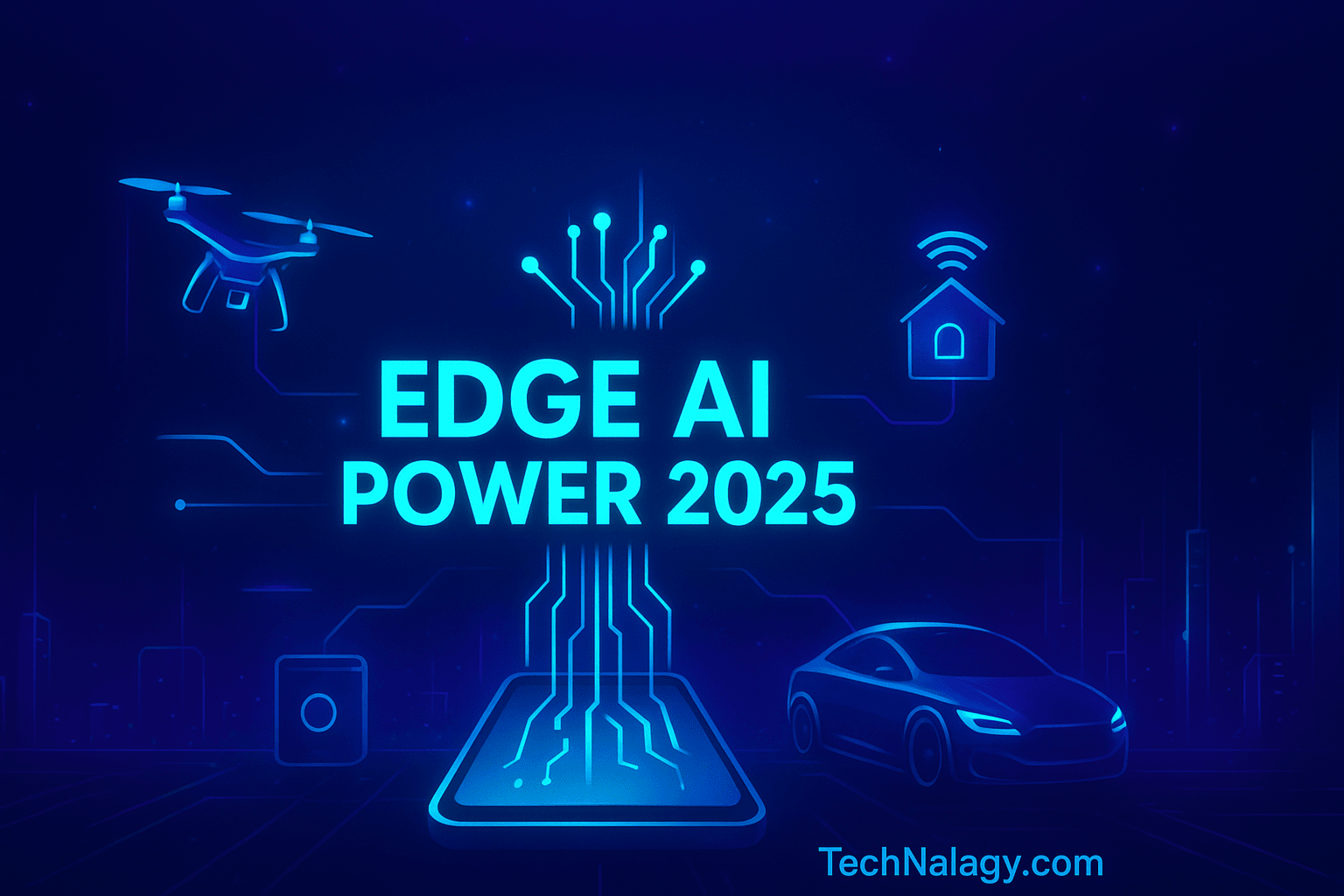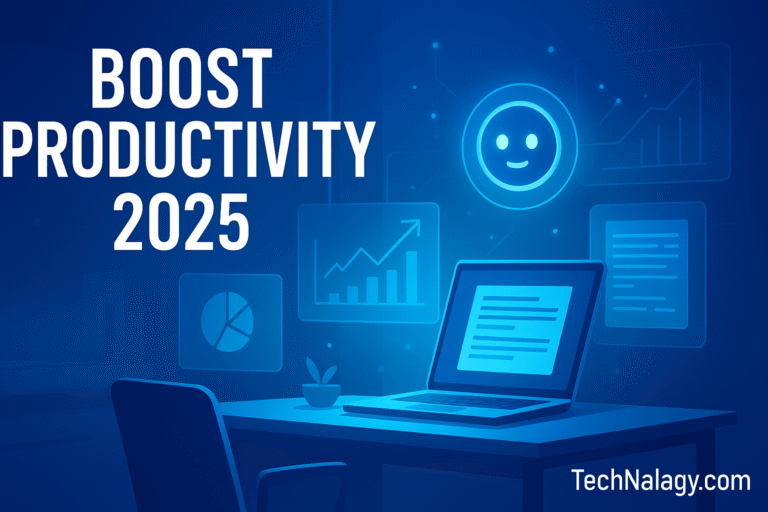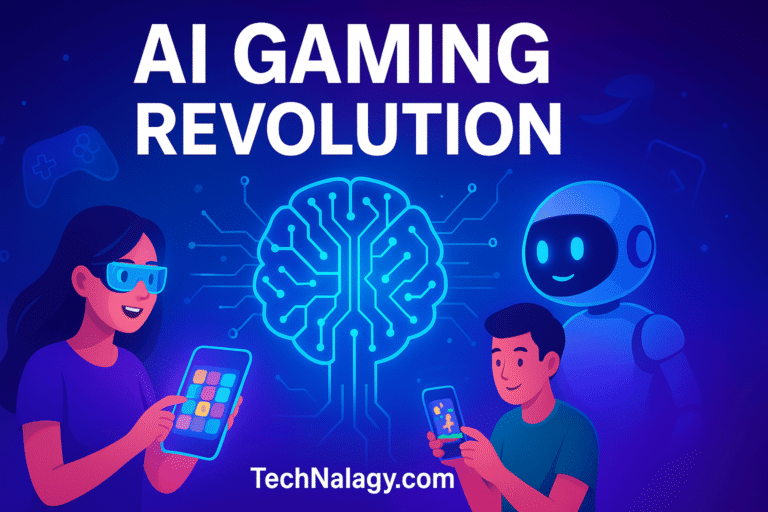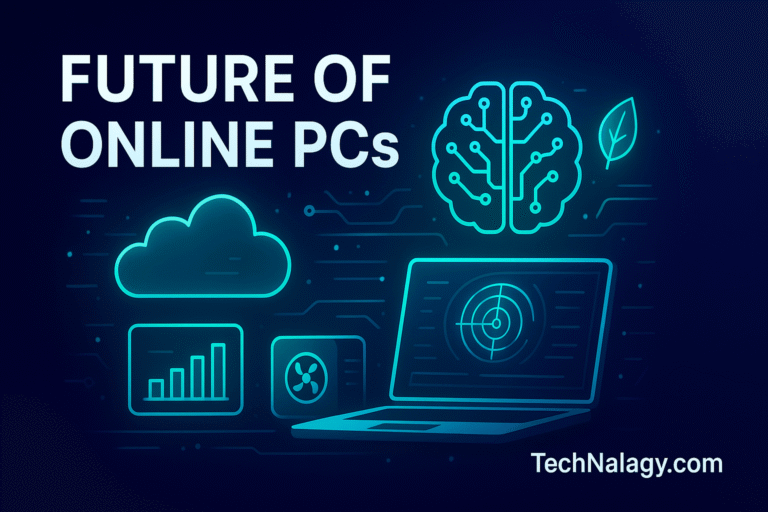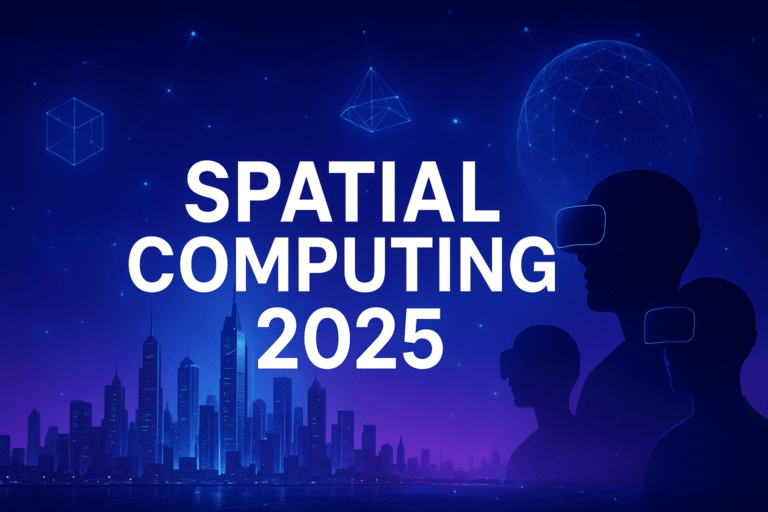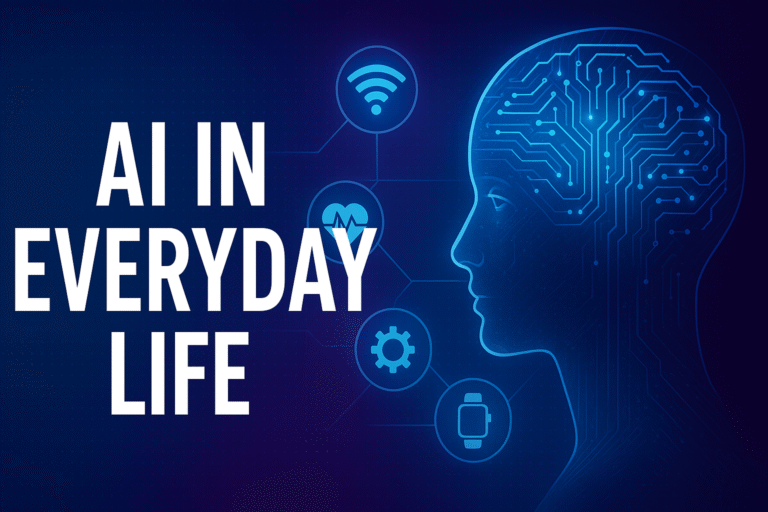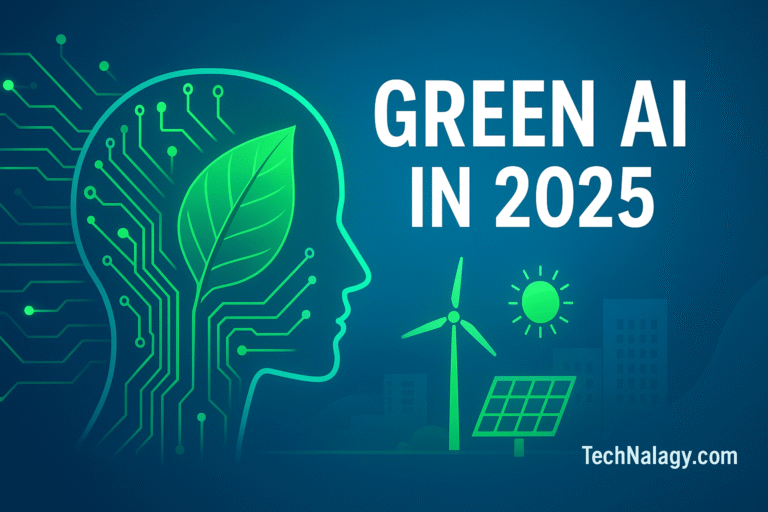10 Brilliant Benefits of Edge AI in 2025 You Can’t Ignore
Introduction: Why Edge AI Matters More Than Ever
Artificial Intelligence (AI) has already transformed how we live, work, and interact with technology, but the next big leap is happening at the edge. Instead of sending massive amounts of data to centralized cloud servers, Edge AI in 2025 brings intelligence directly to devices—whether it’s your smartphone, a self-driving car, or a factory sensor. This shift allows decisions to be made instantly, securely, and without relying on distant data centers.
The move to edge computing is not just a technical upgrade; it’s a revolution that impacts industries from gaming and healthcare to smart cities and everyday household devices. What makes it especially exciting is how seamlessly it integrates with other fields like AI workflow automation, machine learning frameworks, and neural interfaces, shaping a future that feels more interactive and responsive than ever.
In this article, we’ll explore 10 brilliant benefits of Edge AI in 2025 that you simply can’t ignore, along with real-world examples and applications. By the end, you’ll see why this trend is more than just hype—it’s a necessary evolution in the AI landscape.
Table of Contents
What is Edge AI in 2025?
Edge AI refers to the deployment of artificial intelligence models directly on local devices rather than relying solely on cloud-based systems. In 2025, this means AI-powered tools and algorithms are running efficiently on mobile phones, wearables, smart cameras, and IoT devices.
Instead of waiting for data to travel to a server for analysis, Edge AI processes information instantly. For example, automation solutions described in our AI Workflow Automation Tools Guide now benefit from localized intelligence, enabling faster responses with lower costs.
10 Brilliant Benefits of Edge AI in 2025 You Can’t Ignore
1. Real-Time Speed and Ultra-Low Latency
One of the strongest advantages of Edge AI in 2025 is its ability to provide lightning-fast responses. Whether it’s a self-driving vehicle avoiding obstacles or an augmented reality (AR) headset adapting to your environment, decisions must be made in milliseconds. Cloud-based systems can’t always guarantee that speed because of internet latency, but edge processing eliminates the delay.
This advantage is already becoming visible in daily experiences, such as smart assistants and AI in everyday life—a trend discussed in AI in Everyday Life.
2. Stronger Data Privacy and Security
Data privacy is one of the biggest challenges in AI adoption. Edge AI addresses this by ensuring sensitive information, such as health or financial records, never leaves the device. Instead of being transmitted over potentially vulnerable networks, data is processed securely where it’s generated.
This shift is particularly important for healthcare, government, and personal wearables, where trust and compliance are non-negotiable.
3. Lower Bandwidth Costs and Efficiency
Sending data to the cloud can be expensive, especially when dealing with high-resolution video, industrial sensors, or connected vehicles. With Edge AI, devices only share the most important results instead of raw data. This drastically reduces bandwidth usage and operational costs.
Industry leaders like MIT Technology Review highlight that organizations shifting workloads to the edge are saving millions annually while also achieving faster, more efficient operations.
4. Smarter IoT and Home Devices
Our homes are rapidly becoming more intelligent thanks to IoT devices. Smart speakers, energy systems, and security cameras are increasingly powered by Edge AI to deliver instant responses without lag.
Imagine a home security camera that identifies suspicious behavior immediately rather than sending hours of footage to the cloud. These improvements tie directly to how AI improves everyday living, as highlighted in AI in Everyday Life.
5. Next-Level Gaming Experiences
The gaming industry is one of the most exciting areas transformed by edge computing. By enabling localized AI processing, games can deliver personalized, immersive experiences with almost zero lag.
With AI in Casual Gaming 2025, we’re seeing NPCs (non-player characters) that adapt to player behavior in real time, AR features that run seamlessly, and smoother cloud-free gameplay. This shift is explored further in our guide on AI in Casual Gaming 2025.
6. Healthcare Innovation with Edge Devices
Edge AI in healthcare is nothing short of revolutionary. Wearables now track vital signs and analyze health metrics locally, alerting users and doctors to potential risks instantly. Imagine a smartwatch detecting early signs of a heart condition without needing to send data to the cloud.
Hospitals also benefit by using edge-enabled diagnostic systems to speed up emergency decision-making, improving patient survival rates.
7. Smarter Autonomous Vehicles & Drones
Self-driving cars and drones need to make decisions in real time to ensure safety. Edge AI allows them to process environmental data—such as traffic lights, pedestrians, and road conditions—without waiting for cloud instructions.
In 2025, logistics companies are leveraging edge-enabled drones to optimize last-mile delivery, further enhancing efficiency and reliability.
8. Optimized Machine Learning Models
Running complex AI models on local devices once seemed impossible, but advances in hardware and lightweight frameworks have made it achievable. Developers are increasingly turning to efficient libraries and tools to create edge-optimized applications.
As covered in our article on the Best Machine Learning Libraries for Python in 2025, these innovations make Edge AI development more accessible, even for small startups.
9. Advanced Human-AI Interfaces
Edge AI is playing a critical role in enhancing human-machine interactions. Brain-computer interfaces and AR glasses require split-second responses, which are only possible through localized AI processing.
We’ve explored this trend in Neural Interfaces 2025, where low-latency performance is the key to making human-AI collaboration seamless.
10. Powering 5G-Connected Smart Cities
Finally, Edge AI in 2025 is the backbone of smart cities. From AI-driven traffic control to smart grids that optimize energy in real time, edge systems paired with 5G connectivity are transforming urban living.
This means faster response to emergencies, reduced pollution through smart transportation, and more efficient use of resources—all thanks to processing power placed closer to where data is generated.
Real-World Applications of Edge AI in 2025
Beyond these 10 benefits, real-world use cases are multiplying:
- Factories are using predictive maintenance to reduce downtime.
- Retailers are implementing AI-powered checkout systems.
- Education platforms are creating real-time AI tutors.
- Energy companies are running edge-based smart grids for efficiency.
Challenges of Edge AI in 2025
Despite its many benefits, challenges remain:
- Hardware limitations—edge devices can’t always handle large AI models.
- Power consumption—running advanced AI requires energy-efficient designs.
- Integration—bridging edge AI with traditional cloud systems remains complex.
Innovators are working on neuromorphic chips and better ML models to overcome these barriers.
The Future of Edge AI Beyond 2025
Looking beyond 2025, Edge AI is expected to merge with quantum computing, Web3, and neuromorphic hardware, creating even faster, smarter, and more secure systems. For businesses, this means preparing now for a post-cloud AI era where edge computing dominates.
Conclusion
The rise of Edge AI in 2025 is one of the most significant technological shifts of our time. From healthcare and gaming to autonomous vehicles and smart cities, the ability to process data locally is unlocking new levels of efficiency, security, and personalization.
These 10 brilliant benefits are proof that Edge AI isn’t just a passing trend—it’s the foundation of future innovation. Companies, developers, and individuals who embrace it now will be better prepared for the AI-driven decade ahead.

Kamran Khatri is the founder of technalagy.com, where he shares insights on AI, future tech, gadgets, smart homes, and the latest tech news. Passionate about making innovation simple and accessible, he writes guides, reviews, and opinions that help readers stay ahead in the digital world.

